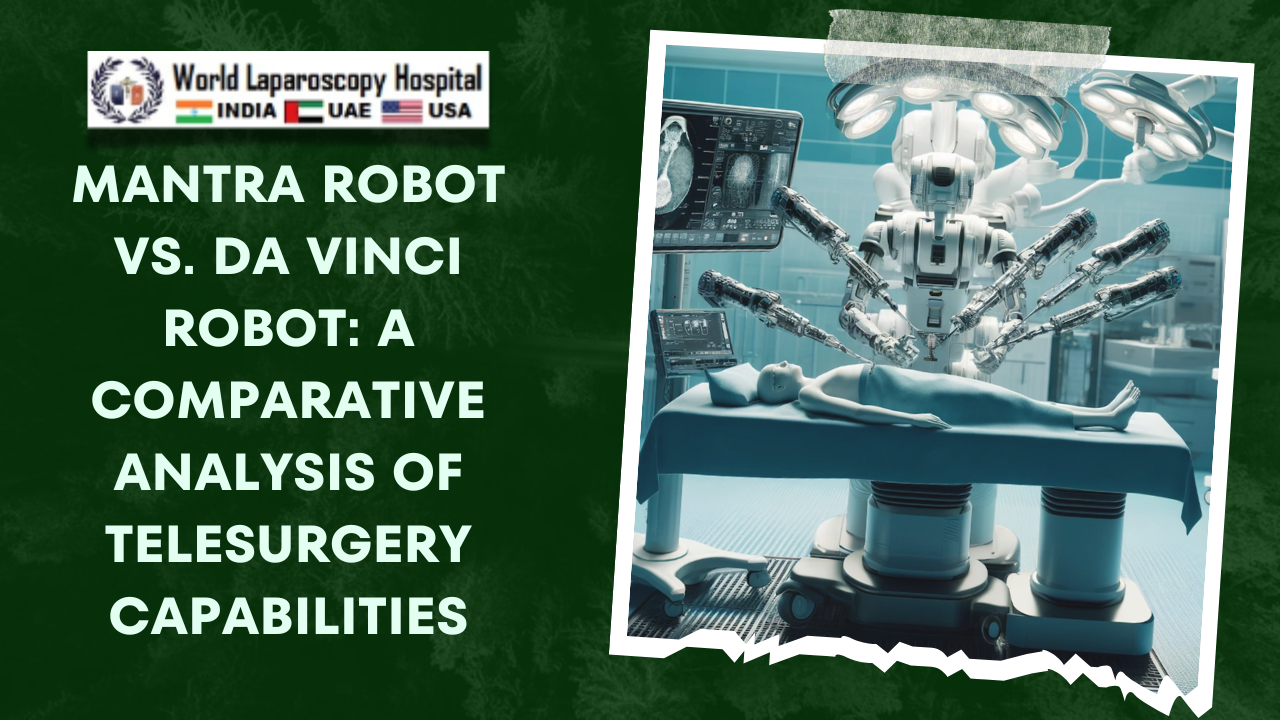The landscape of robotic surgery has been revolutionized with advancements in technology, offering surgeons unprecedented precision, flexibility, and control. Two frontrunners in this domain are the Mantra Robot and the Da Vinci Robot, both acclaimed for their contribution to minimally invasive surgery. However, recent discussions suggest that the Mantra Robot may offer superior telesurgery capabilities compared to the Da Vinci Robot. This article delves into the specifics, exploring why the Mantra Robot might be the better choice for telesurgery.
Understanding Telesurgery
Telesurgery, or remote surgery, involves performing surgical procedures with the surgeon located at a distance from the patient, using robotic systems. This advancement is crucial for providing surgical care in remote or underserved areas, ensuring that expertise can be accessed globally without geographical limitations.

The Da Vinci Robot: A Pioneer in Robotic Surgery
The Da Vinci Robot, developed by Intuitive Surgical, has been a game-changer in the field of robotic surgery since its introduction. It consists of a surgeon's console, a patient-side cart with robotic arms, and a high-definition 3D vision system. The system enhances the surgeon’s capabilities through precise and minimally invasive procedures. However, the Da Vinci Robot's primary design focuses on enhancing in-situ surgical performance rather than optimizing for telesurgery.
The Mantra Robot: A New Contender with Telesurgery Focus
The Mantra Robot, developed by SS Innovations, is a newer entrant in the robotic surgery field but has quickly garnered attention for its innovative design and capabilities. Specifically tailored for telesurgery, the Mantra Robot incorporates several features that enhance its remote operation performance.
Key Advantages of the Mantra Robot in Telesurgery
-
Advanced Connectivity and Latency Management:
- The Mantra Robot excels in its use of advanced connectivity solutions, significantly reducing latency issues that are critical in telesurgery. This ensures that the surgeon's movements are transmitted to the robotic arms with minimal delay, enhancing precision and control during remote operations.
-
High-Definition Imaging and Real-Time Feedback:
- Equipped with state-of-the-art imaging technology, the Mantra Robot provides surgeons with high-definition, real-time video feedback. This feature is crucial in telesurgery, where visual clarity can impact the outcome of the procedure.
-
Scalability and Accessibility:
- Designed with scalability in mind, the Mantra Robot offers a more accessible price point and maintenance cost compared to the Da Vinci Robot. This makes it a viable option for hospitals and surgical centers aiming to implement telesurgery capabilities without significant financial burden.
-
User-Friendly Interface and Ergonomics:
- The Mantra Robot's interface is designed for ease of use, with intuitive controls that reduce the learning curve for surgeons. This ergonomic design is particularly beneficial in telesurgery, where the surgeon relies heavily on the interface for precise control.
-
Enhanced Haptic Feedback:
- One of the notable features of the Mantra Robot is its enhanced haptic feedback system, which provides surgeons with tactile sensations. This feedback is crucial for performing delicate maneuvers in telesurgery, allowing surgeons to feel the resistance and texture of tissues remotely.

Comparative Analysis
While the Da Vinci Robot has set high standards in robotic surgery, its design and features are more aligned with direct surgical intervention rather than remote operation. The Mantra Robot, on the other hand, integrates advanced technologies specifically aimed at optimizing telesurgery. Its superior connectivity, imaging, and user-friendly design offer significant advantages for remote surgical procedures.
Conclusion
Both the Mantra Robot and the Da Vinci Robot have made significant contributions to the field of robotic surgery. However, when it comes to telesurgery, the Mantra Robot appears to offer enhanced capabilities, making it a preferable choice for remote surgical procedures. As technology continues to evolve, it will be interesting to see how these systems further develop and improve, potentially revolutionizing the future of telesurgery.
In conclusion, while the Da Vinci Robot remains a benchmark in robotic surgery, the Mantra Robot's tailored features for telesurgery position it as a superior option for remote operations, promising to expand the reach of surgical expertise across the globe.
